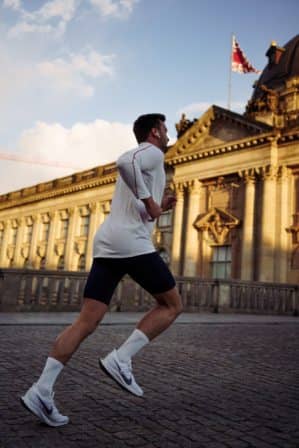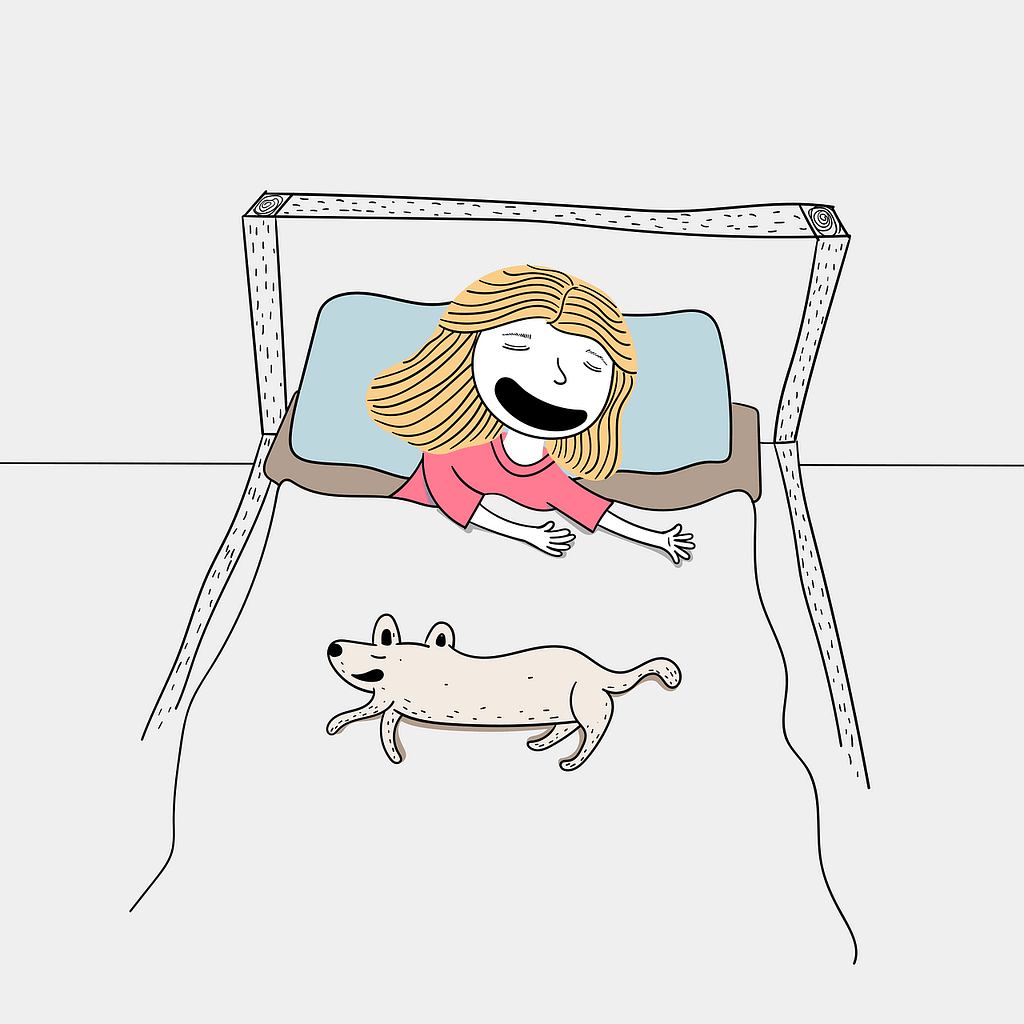Improving your running technique can help you run faster, more efficiently, and comfortably, while also putting less strain on your body and lowering your risk of injury. Running with proper form decreases tiredness and guarantees that you get the most out of your exercise. To improve your form, use these suggestions.
Specific form approaches must be followed, which may alter slightly due to differences in body mechanics. Consider the distance and speed you wish to run, as well as any ailments or physical concerns you may have.
Remember that you may have developed undesirable habits along the way that are tough to stop since they are comfortable. That’s fine! It’s worth it to put up with some discomfort or unfamiliarity in order to perfect your form and improve your running experience.

So, follow these Running Techniques to get the most out of your Run.
#1 Always look forward keeping the head straight
Don’t fix your gaze on your toes. Your eyes should be fixed around 10 to 20 feet in front of you on the ground. This is not only the correct running form, but it is also a safer method to run because you can see what’s coming and prevent falling.
When you run, does your head just forward? The neck and shoulder muscles are put under a lot of strain as a result of this, which can cause tension. Hold your head so that your ears are directly over the middle of your shoulders when you’re jogging to ensure you’re not leaning forward with your head.
#2 The arm swing is crucial

Keep your hands about your waist, just above where they might softly graze your hip. You should have your arms bent at a 90-degree angle. Some beginners, especially when they get weary, have a propensity to raise their hands up high by their chest.
Holding your arms in that position may cause you to get even wearier, and you may experience tightness and stress in your shoulders and neck. (If you’re sprinting, however, your arms will automatically pull your hands back and up.)
Running technique becomes more difficult if you keep your arms straight or cross them in front of you.
Keep your arms active with bent elbows and a relaxed fit for a good arm swing.
#3 Back should be straight

Slouching, or leaning from the waist, is a typical problem among runners who strive too hard to achieve the “forward lean” they’ve heard is required for optimal running technique. While a modest forward lean is desirable, it should originate from the ankles rather than the waist.
Without even attempting, you’ll instinctively tilt forward from your ankles. As a result, try not to lean forward consciously. Rather, concentrate on running tall and with a straight, erect stance.
To help you recall, imagine a string linked to the top of your head being pulled upward by an imaginary giant. However, it’s a good method to maintain a tall, straight back with no slouching.
#4 Selection of Foot strikes

Let’s be clear about something before we get into what they are. There is no such thing as one being better or worse than the other.
Types of foot strikes and proper condition of usage:
Heel Strike-
While we don’t recommend “defaulting” to the heel style strike due to poor running form (particularly on extended runs), we do believe it can be useful as a brake system while running downhill or around a sharp curve. When this strategy is used in those situations, it can help to reduce the risk of injury on downhills. Having stated that, when descending, keep your stride length safe and appropriate.
Forefoot Strike-
Though running in this position for an extended period of time can cause tightness and cramps in the Achilles and calves, the forefoot type foot strike is effective for increasing pace and pushing off across a finish line or up a small hill. When sprinting, use it.
Mid-Foot Strike-
This is the most neutral of the three-foot strikes. The majority of your foot strikes the ground at the same time, and your weight is evenly distributed over your hips, knees, and ankles.
On the majority of your longer runs, you’ll want to use some variation of this mid-foot strike. This is particularly critical for long-distance runners who want to avoid injury. This footstrike style should be a part of every runner’s routine.
#5 Breathing

Breathing seems to be one of the most crucial and tough techniques to discipline as it requires utmost concentration.
There are 4 types of breathing:
- Breathing through the nose-
You should avoid breathing through the nose in any kind of running as it lowers oxygen flow and reduces efficiency.
- Breathing through mouth-
It is the most efficient and correct method of breathing as it increases oxygen flow inside the body.
- Shallow Breathing-
It is one of the rookie mistakes that people often commit. Breathing via the lungs does not distribute oxygen over the body completely and reduces its consumption.
- Deep breathing-
This is the most sought-after breathing technique as the oxygen consumption is highest in this technique as your oxygen reaches your stomach.









